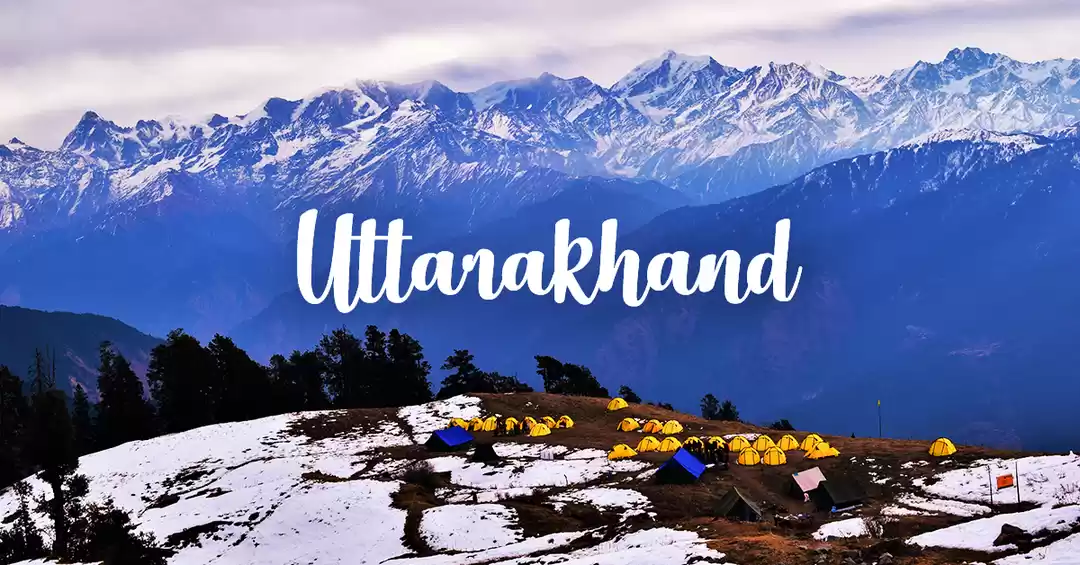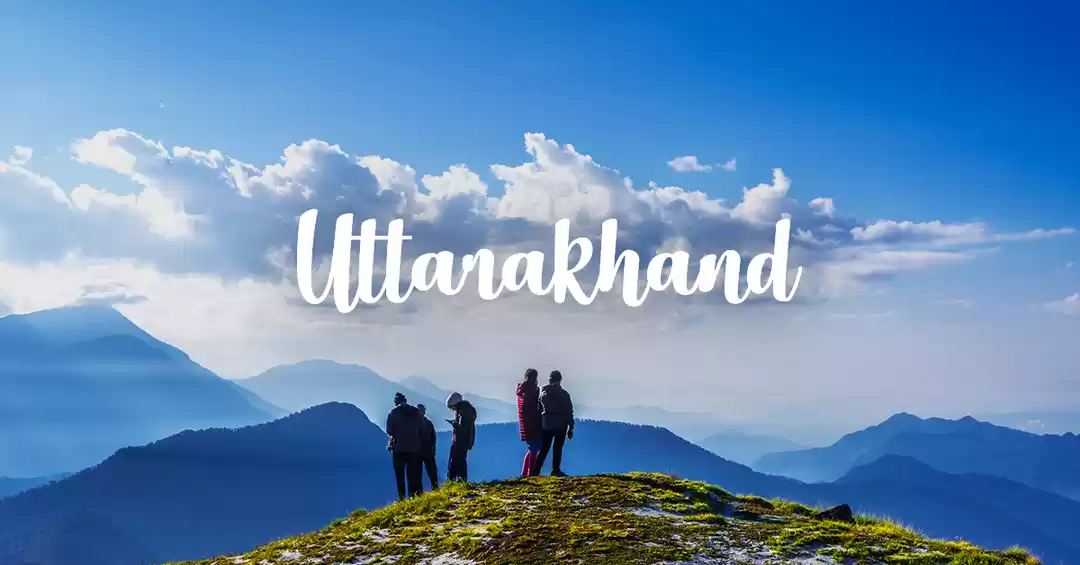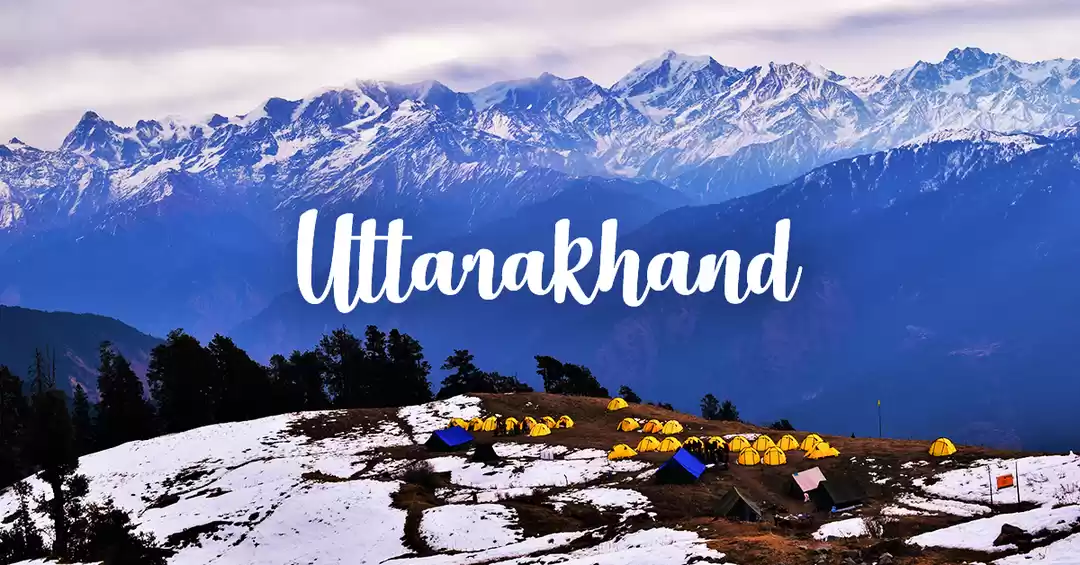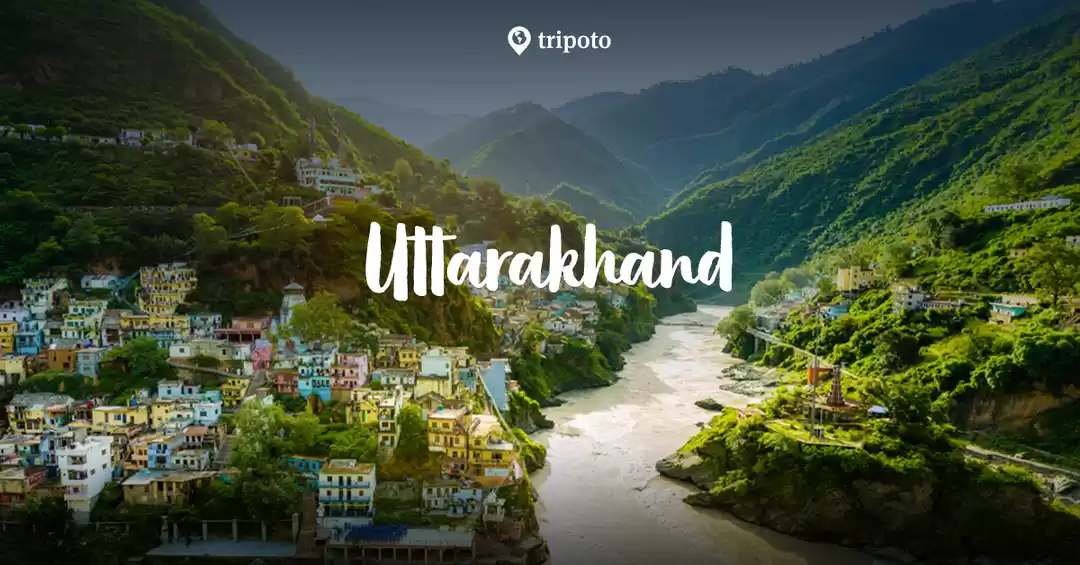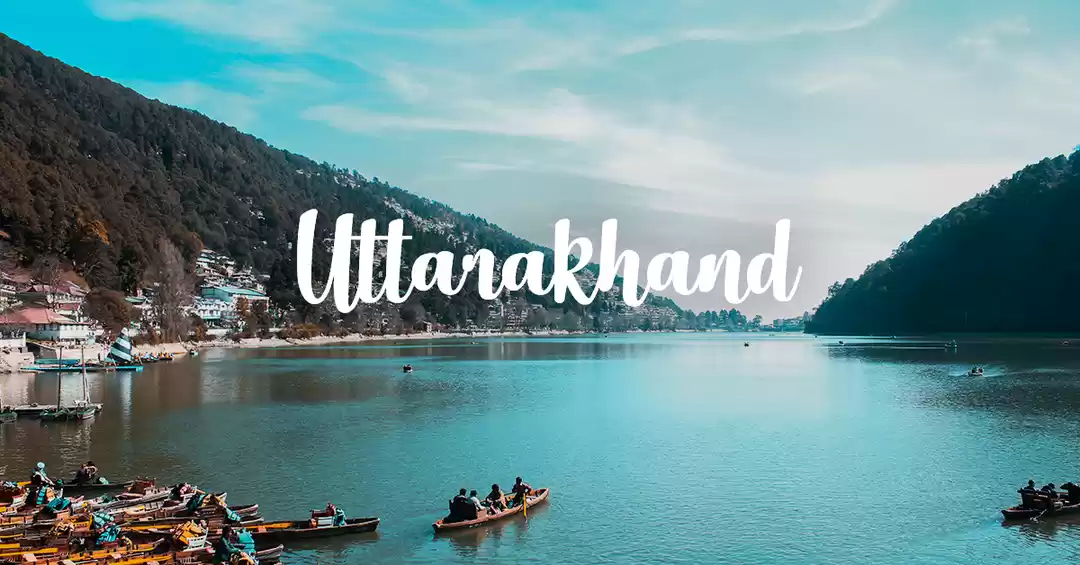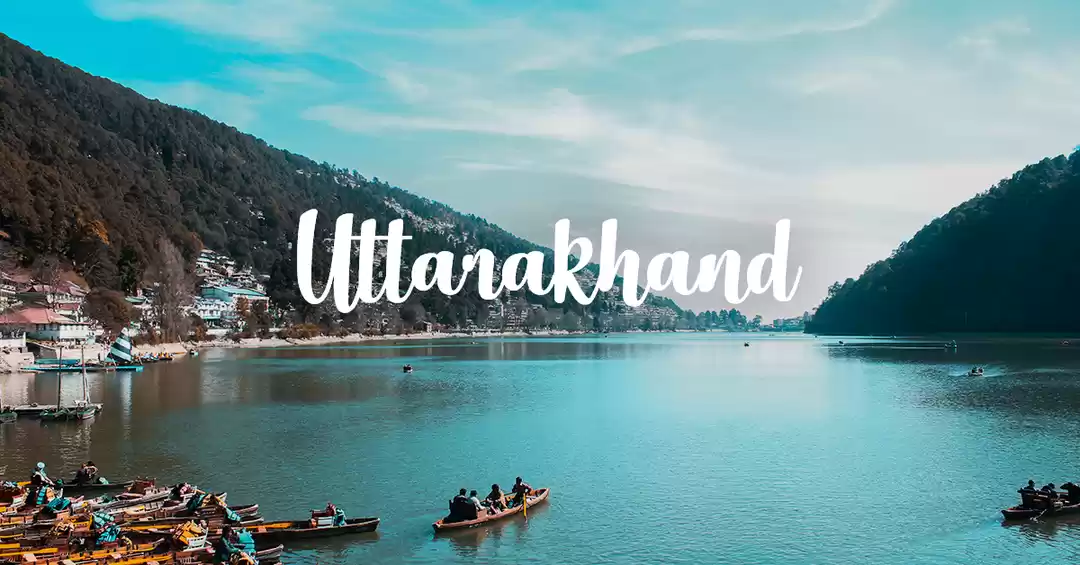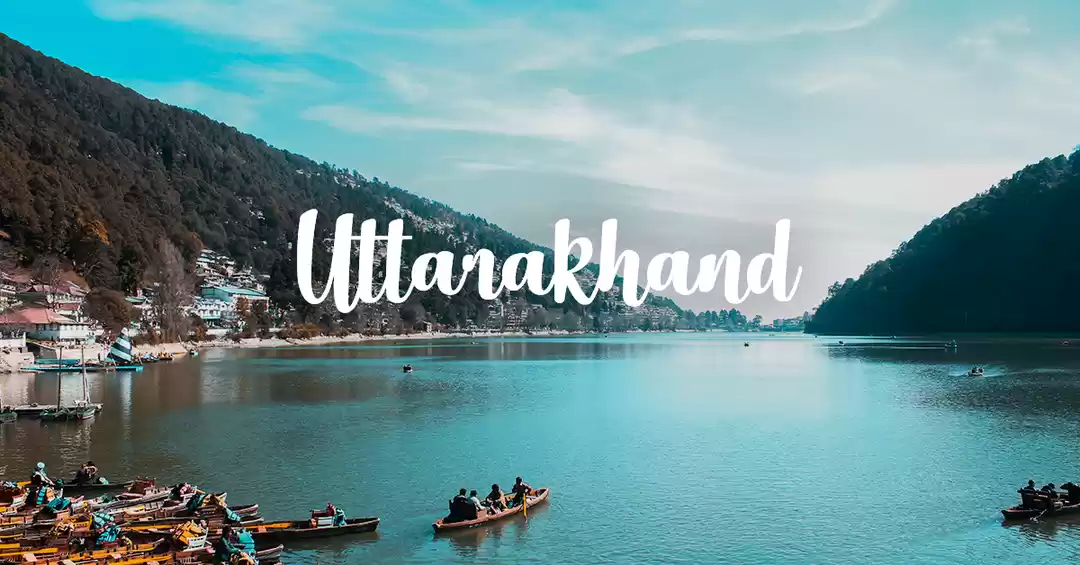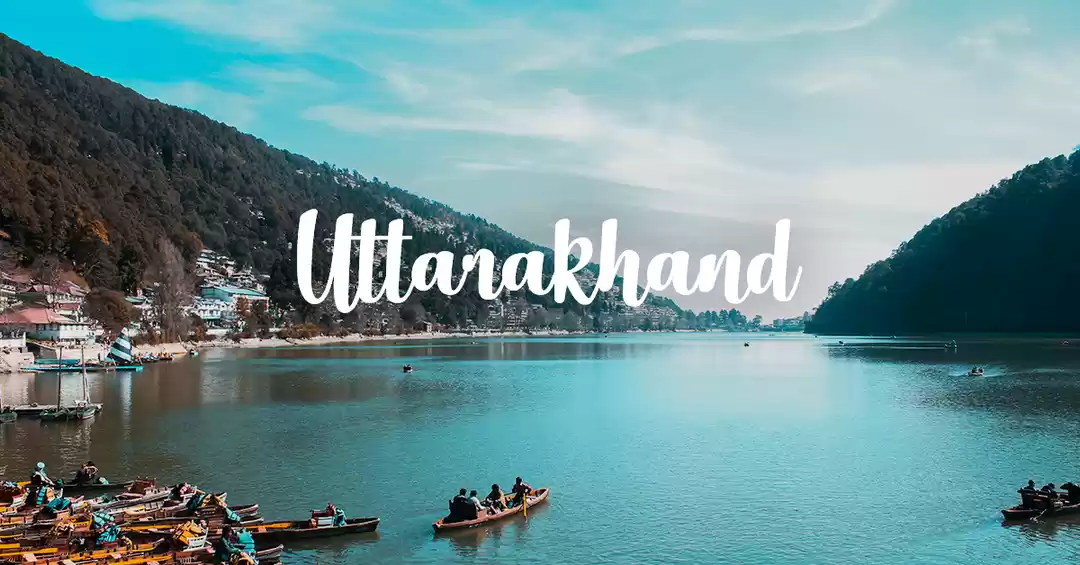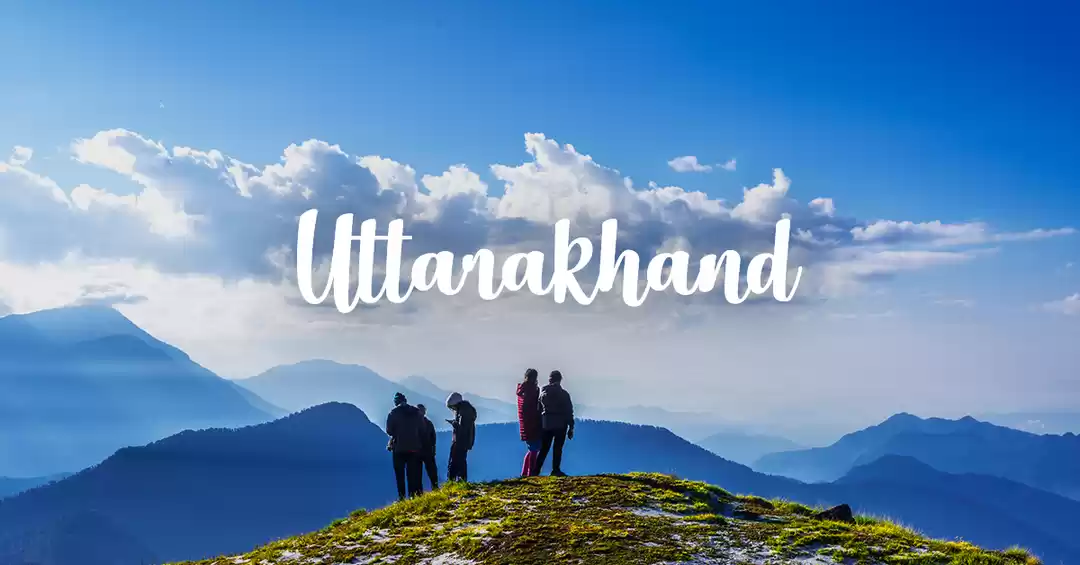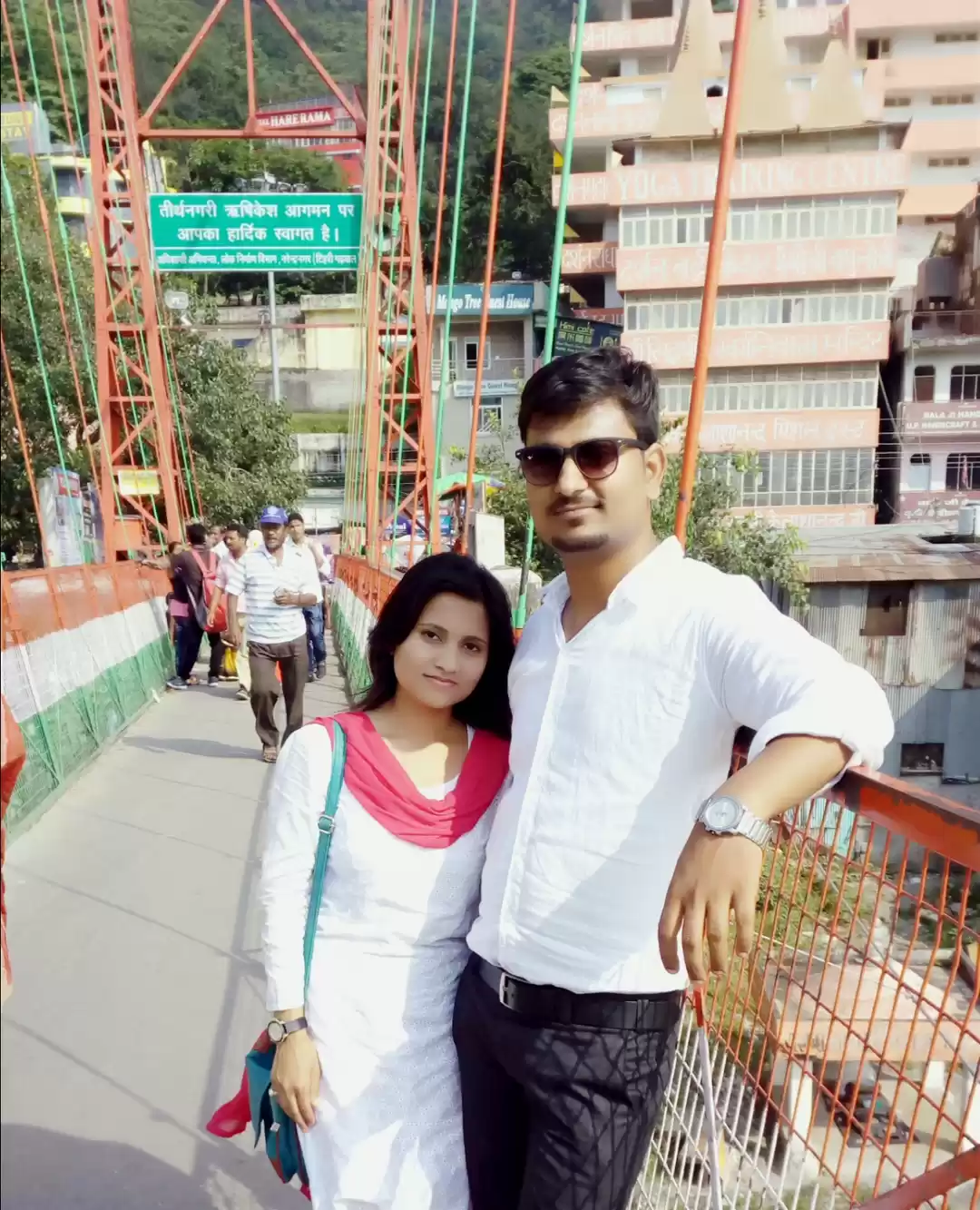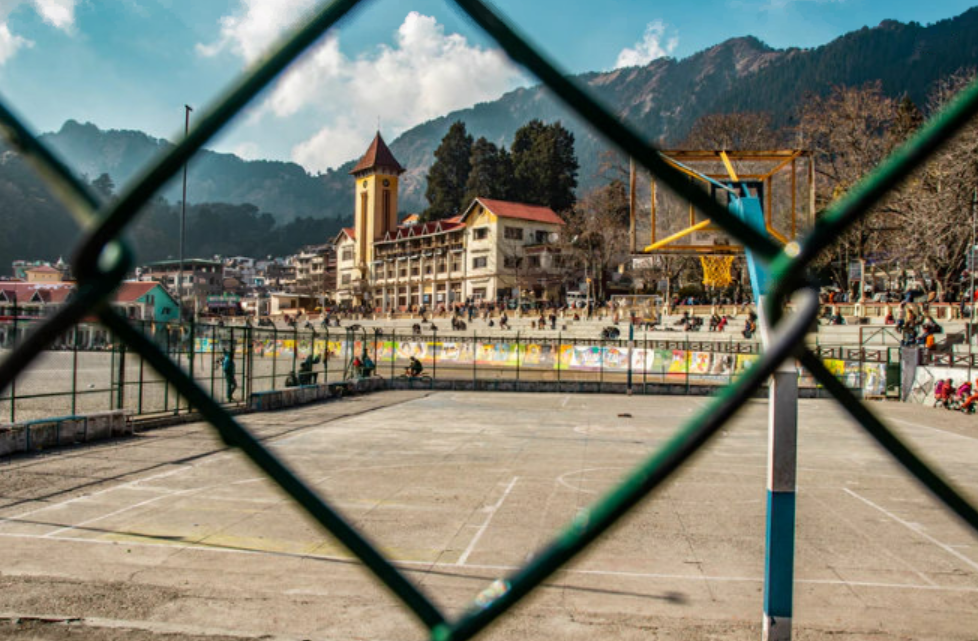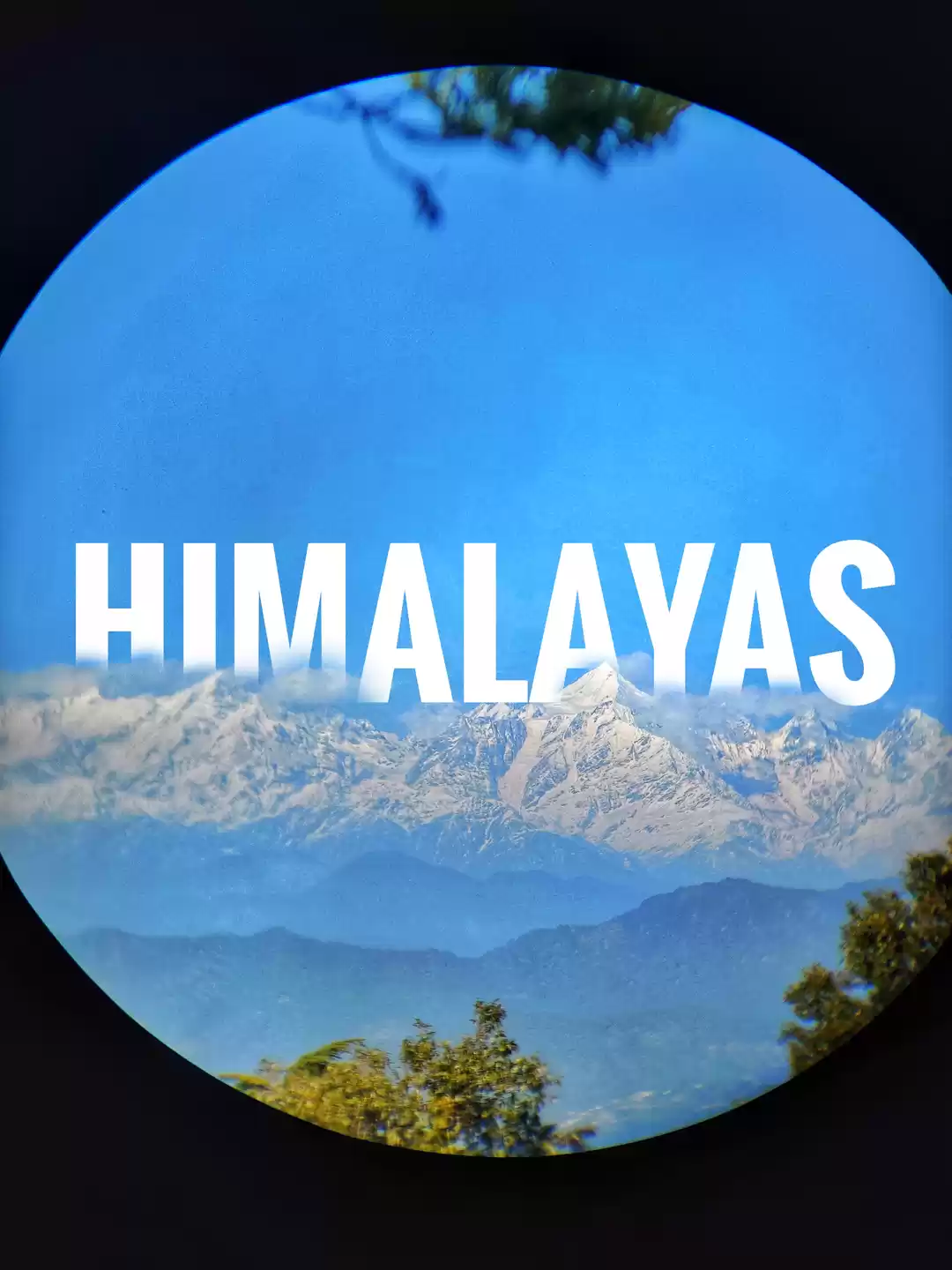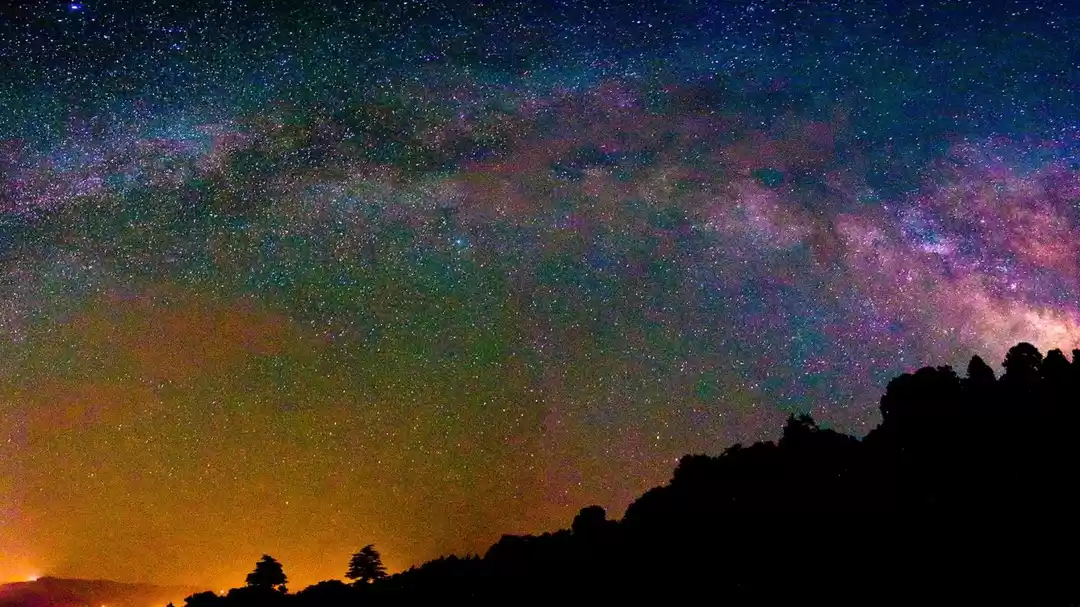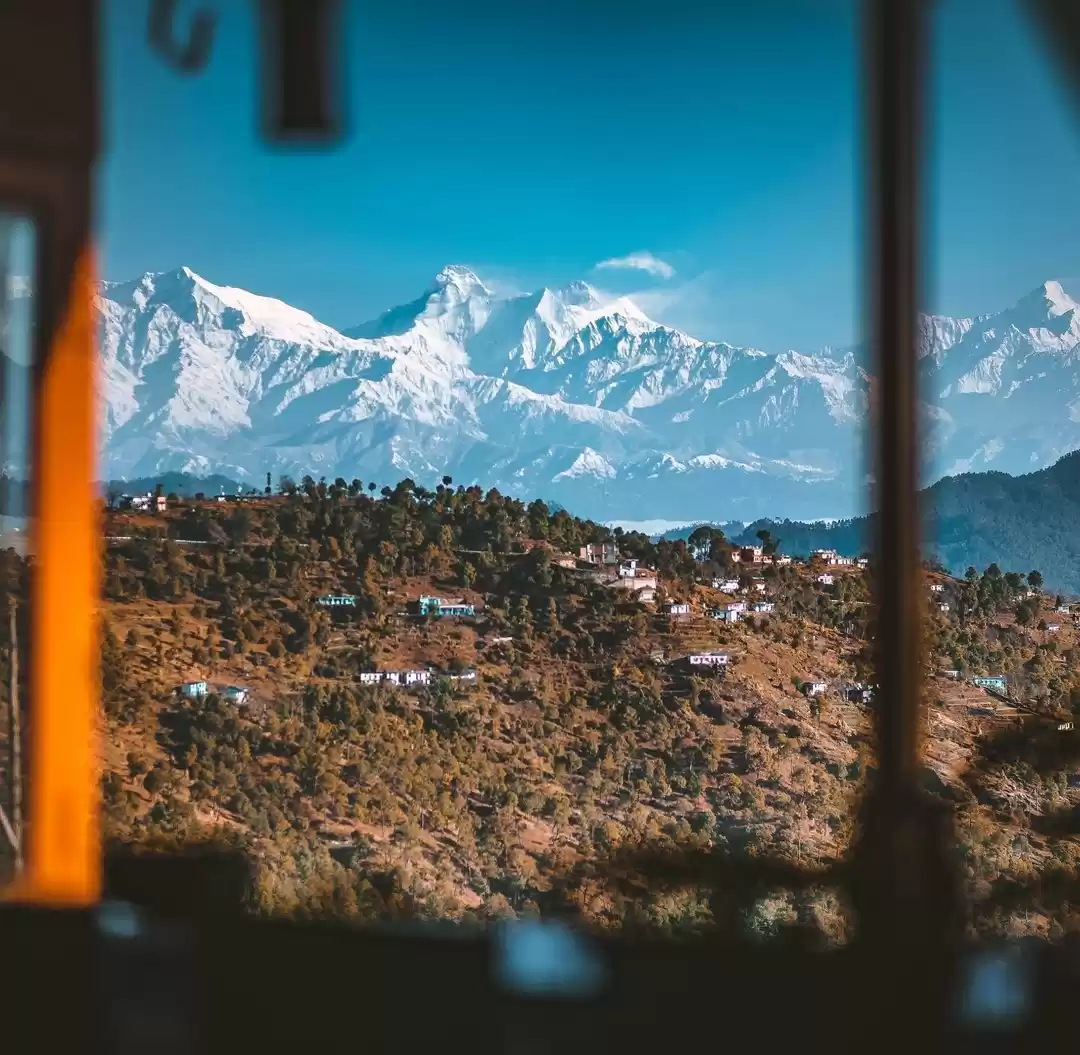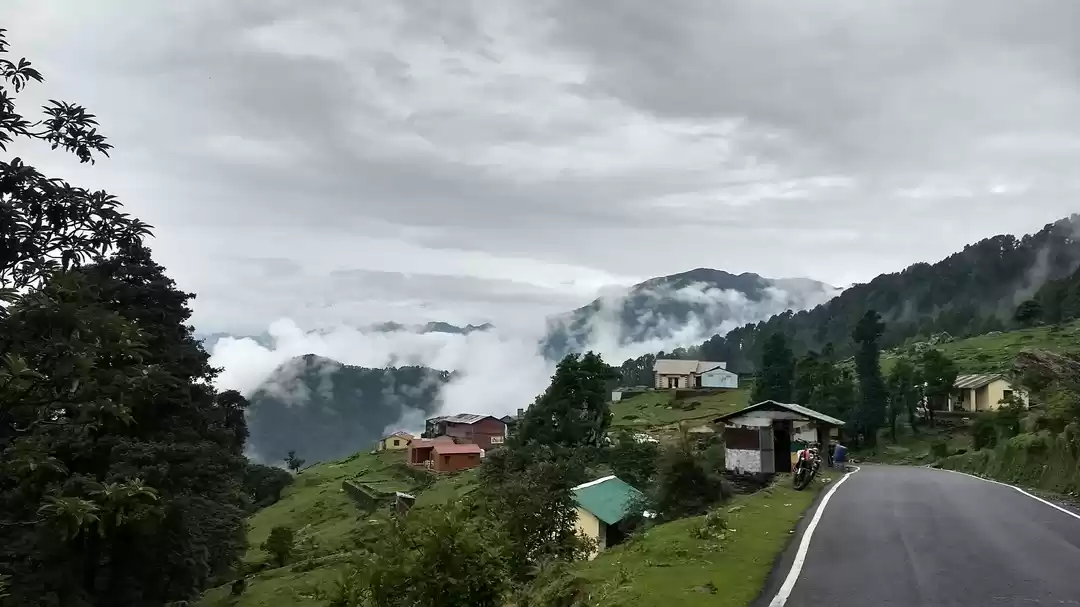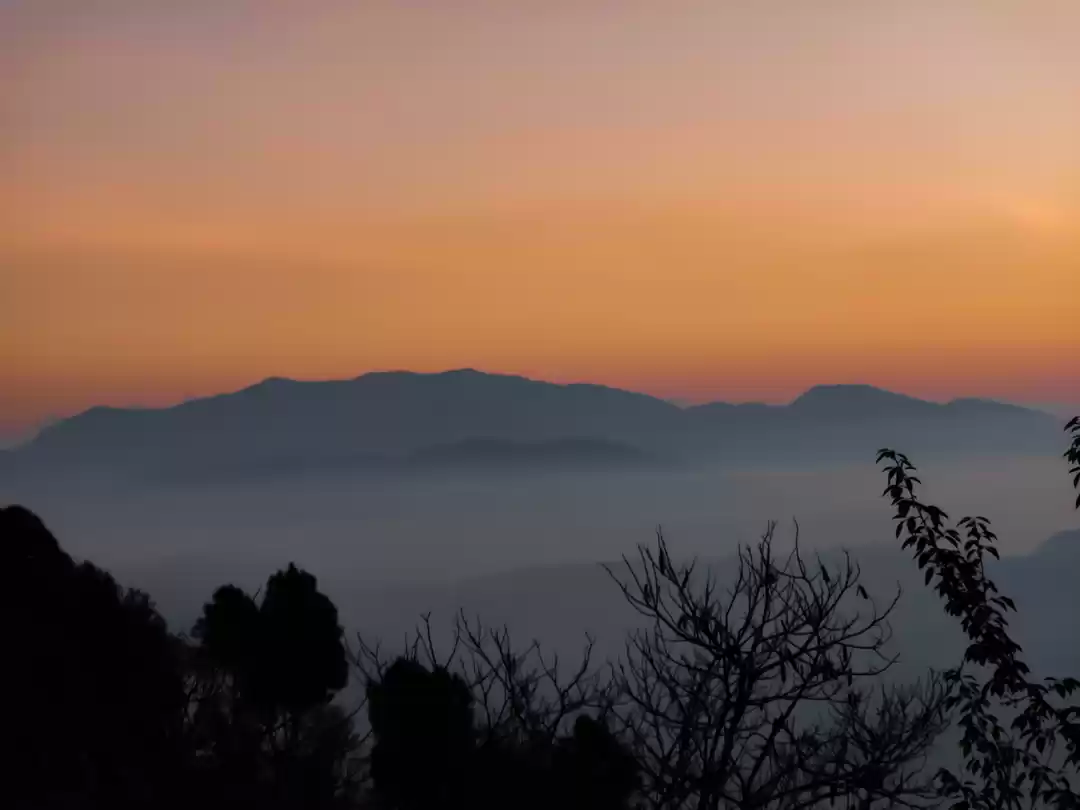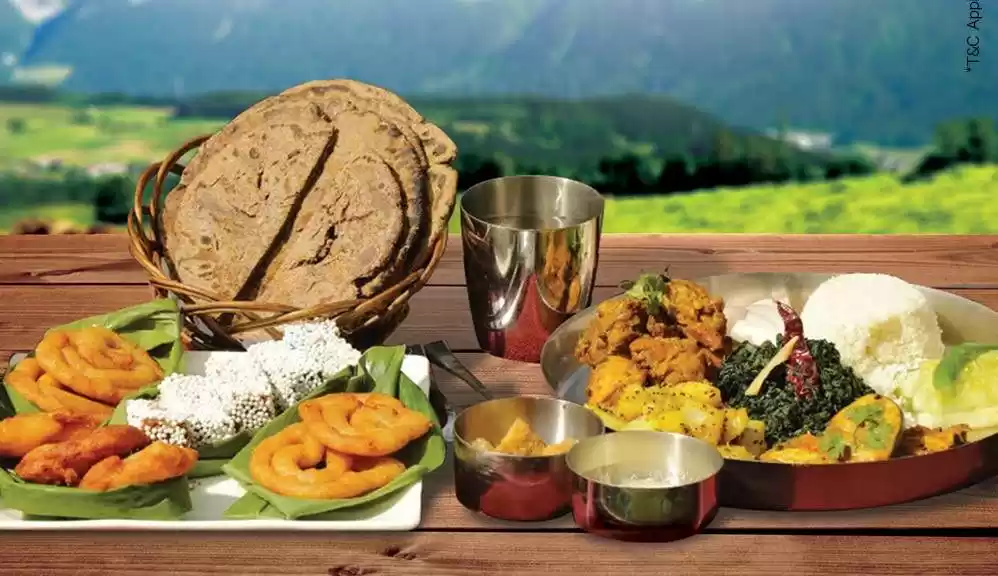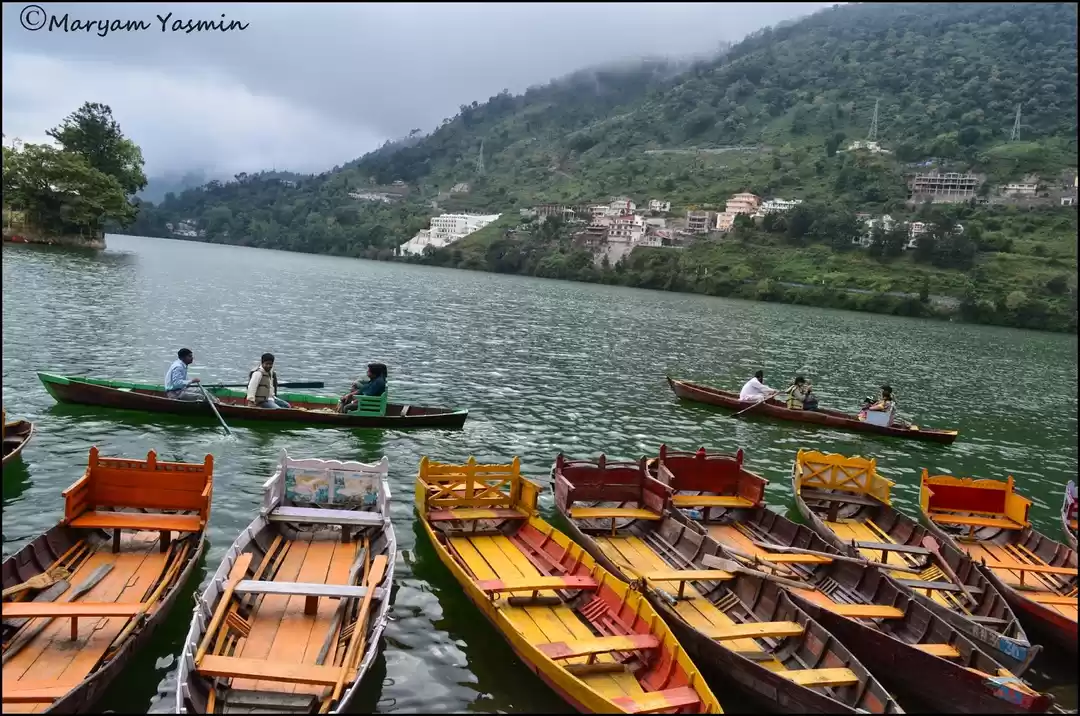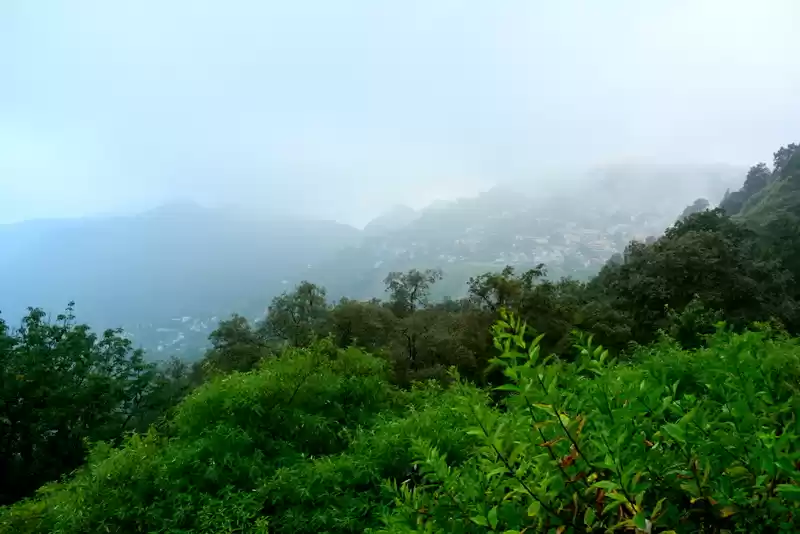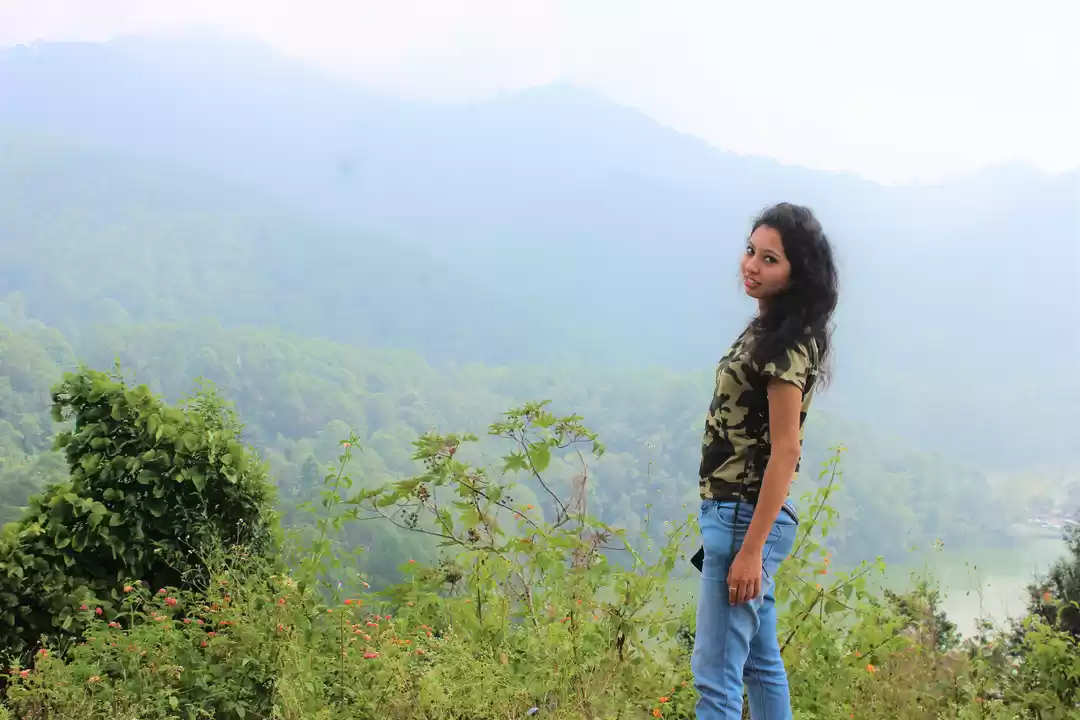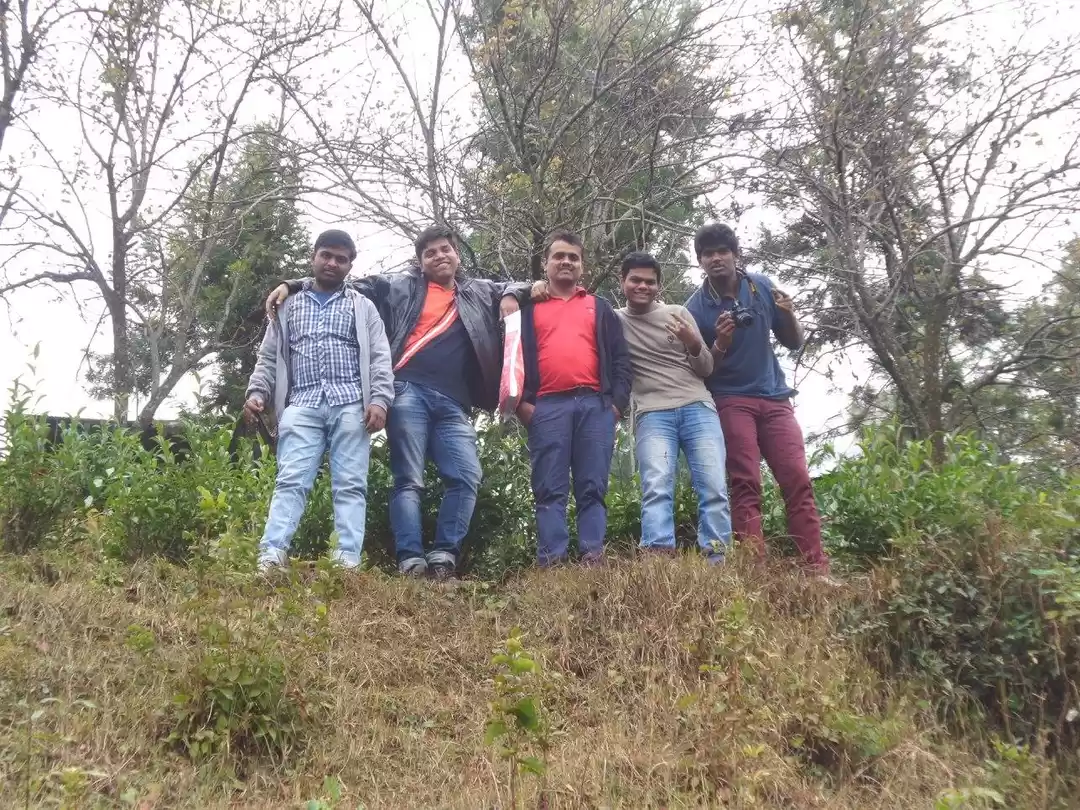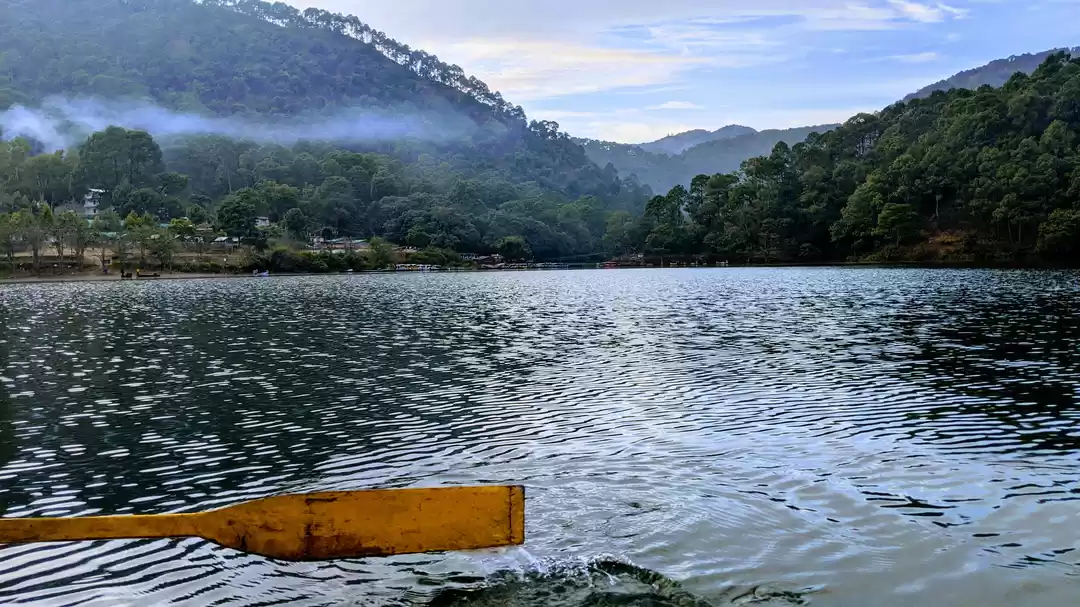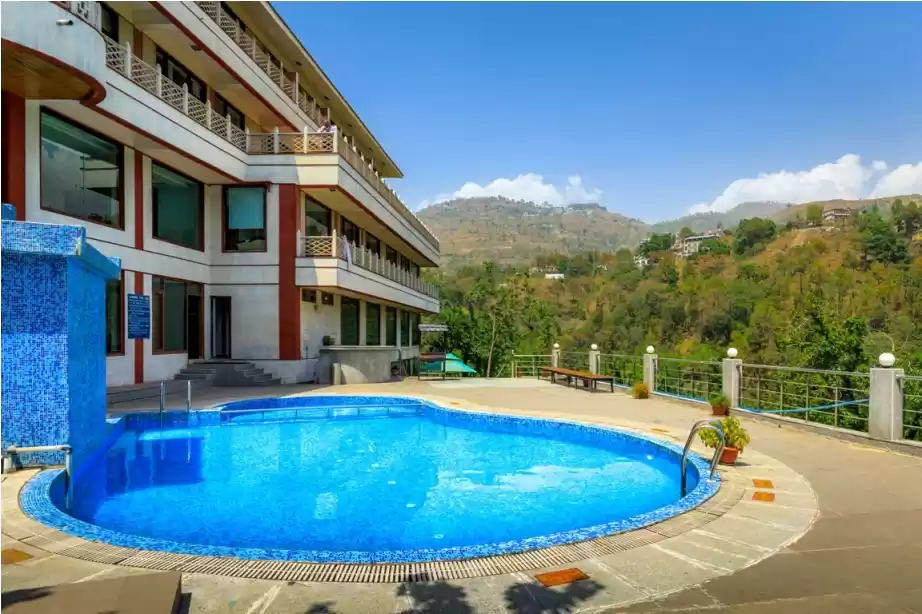

The emerald waters are among the few fragile ecosystems in the country and home to some rare flora and fauna
The car rolled through the curves, crossing the step farms of the hills of Uttarakhand. We were traveling to Sattal from Bhimtal. Sat is seven and tal is lake, our guide explained. This was a cluster of seven lakes with clear waters and amazing natural views. Some even walk the five kilometre distance, again our guide chirped. I bet that would have been a better thing to do but we were planning to bicycle in the lake area, so we preferred to take the bikes in the car. Already with each curve we could something shining.
Why Sattal?
To name the seven lakes-- Purna Tal, Ram Tal, Sita Tal, Laxman Tal, Nal Damyanti Tal, Sukh Tal and Garud Tal. Like the many intriguing things this country offers, the seven fresh water lakes are mysteriously interconnected. The clear emerald waters, the unspoiled environment makes this area a nature lover’s hideout. This is said to be one of the unpolluted fresh water biomes in the country. I could have stayed for days, hidden from the world, enjoying the beauty of these lakes.

Reaching the Sattal Mission Estate and Methodist Ashram
Finally the drive through dense oak and pine forest and we reached a quiet clearing. Here we offloaded the bicycles and the picnic lunch, taking care not to disturb the flora and fauna. This is an ecologically fragile area and home to 500 species of resident and migratory birds, 20 species of mammals, over 525 species of butterflies and over 11,000 species of moths, beetles, bugs and insects. The area is rich with plants ranging from orchids, rare climbing plants, ferns, lichens, fungi to medicinal herbs and shrubs, said our guide. You have to be really a patient sitter if you want to observe the birds, their flights and understand their calls.
A shine of emerald attracted us and we walked over dry leaves, feeling them crunch under our shoes to reach Pannatal (Panna is emerald). Enthralled by this magical lake, I went in closer, touching the waters, secretly hoping that the dream would never end. I had seen such places in fairytales only—no sound, no sign of humans, just our feet disturbing the leaves on the ground and the shimmering green water.
A little above, a small trail led us to the sign which read ‘Christian Ashram’. This was the Sattal Mission Estate and Methodist Ashram in the area since 1937. One side was a white cross. And on the opposite side were the pews of concrete. A sign said ‘please use this place only for meditation and prayer’. A little research showed that this was established by an evangelist and missionary E. Stanley Jones (1884-1973). It is situated on the banks of Sattal on a former tea estate. St. John's Church is part of this ashram.
Walking a little more through a narrow path, the dry leaves crushing under our feet, we reached the buildings where the missionaries stayed. From there we got a bird’s eye view of the lakes—Nal Damyanti, Ram Lakshman, Sita, Hanuman.
The weather was good and the day young and we had lots more to discover, so we began the trek downwards. Back near the emerald waters, we enjoyed our picnic. And then began a journey to childhood, trying to keep our bicycles steady, everyone holding out for each other. Until it was time to go to Bhimtal.
More to see:
• Garg Parvat which is the source of river Gargi.
• Hidimba Parvat after the demon Hidimba from Mahabharat.
• Vankhandi Maharaj, a monk and environmentalist has created a sanctuary for the wild animals around the hill. The area is known as Vankhandi Ashram.
• The hill of Karkotaka is named after a mythical cobra, where the famous snake temple is situated.



